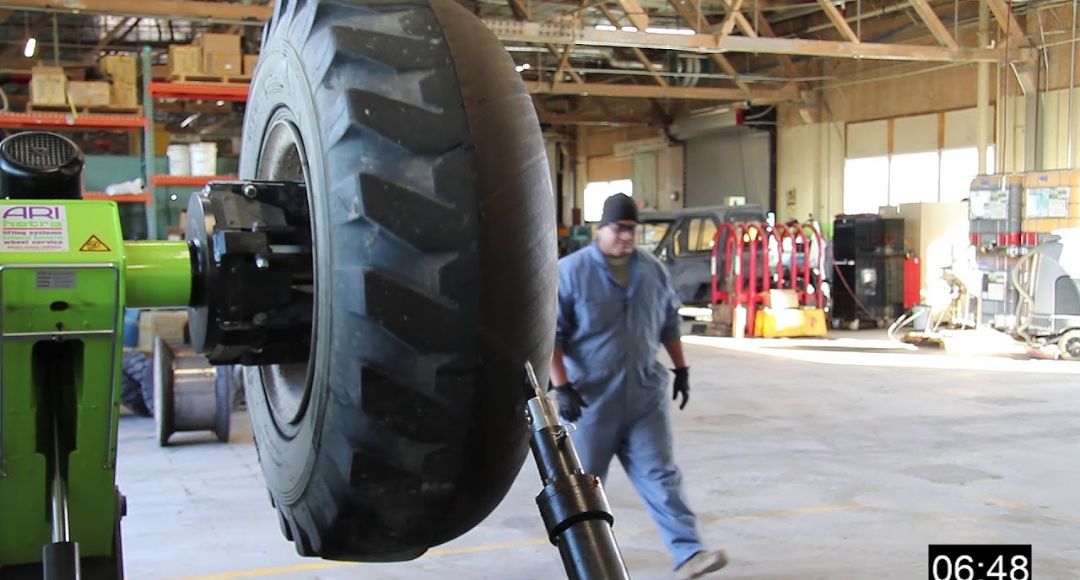Foam-filled tires have become an increasingly popular choice for vehicles and machinery ranging from semi-trucks to lawn care equipment. These tires offer a number of benefits over traditional air-filled rubber tires, including increased durability, greater maneuverability, improved stability, and less vibration. While foam-filled tires can generally last longer than regular rubber tires, they are still subject to wear and tear and require regular maintenance and repair. In this article, we will discuss some of the best practices and common issues related to maintaining and repairing foam-filled tires. Additionally, here’s how to foam fill tires, first, you need to procure a tire foam fill kit, then carefully follow the instructions provided, which typically involve removing the valve core, injecting the foam into the tire, and allowing it to cure before reinstalling the core and inflating the tire to the recommended pressure.
 Best Practices For Maintaining Foam-Filled Tires
Best Practices For Maintaining Foam-Filled Tires
The first step in keeping your foam-filled tires in good condition is to inspect them regularly. This includes looking for any signs of wear and tear, such as cuts, bulges, or frayed edges. It is important to repair any damage immediately to avoid further damage or degradation of the tire.
It is also important to check the pressure in your foam-filled tires on a regular basis. If the tire has been sitting idle for a while, it may require more air than usual. Additionally, if the tires are frequently used in strenuous conditions or over uneven terrain, they may require more frequent pressure checks.
Finally, be sure to rotate your foam-filled tires regularly. This helps evenly distribute the wear and tear on the tire and can help extend its life.
Common Issues With Foam-Filled Tires
The most common issue with foam-filled tires is the breakdown of the foam filling itself. Over time, the foam can wear down and become brittle, which can lead to cracks and leaks. This is especially true if you frequently use your vehicle in harsh conditions or over long distances.
Another common issue is a flat spot. This can happen when the tire has been stationary for too long, and the pressure in the foam has become unevenly distributed. The flat spot can cause vibrations and could eventually lead to a blowout if not addressed.
Conclusion
Foam-filled tires offer many benefits over traditional air-filled rubber tires, but they still require regular maintenance and repair. Be sure to inspect your foam-filled tires regularly for any signs of wear and tear and check the pressure in them on a regular basis., rotate your tires frequently to help evenly distribute the wear and tear. Finally, be aware of common issues such as foam breakdown or flat spots, and take care of them quickly to ensure safe and reliable performance.
